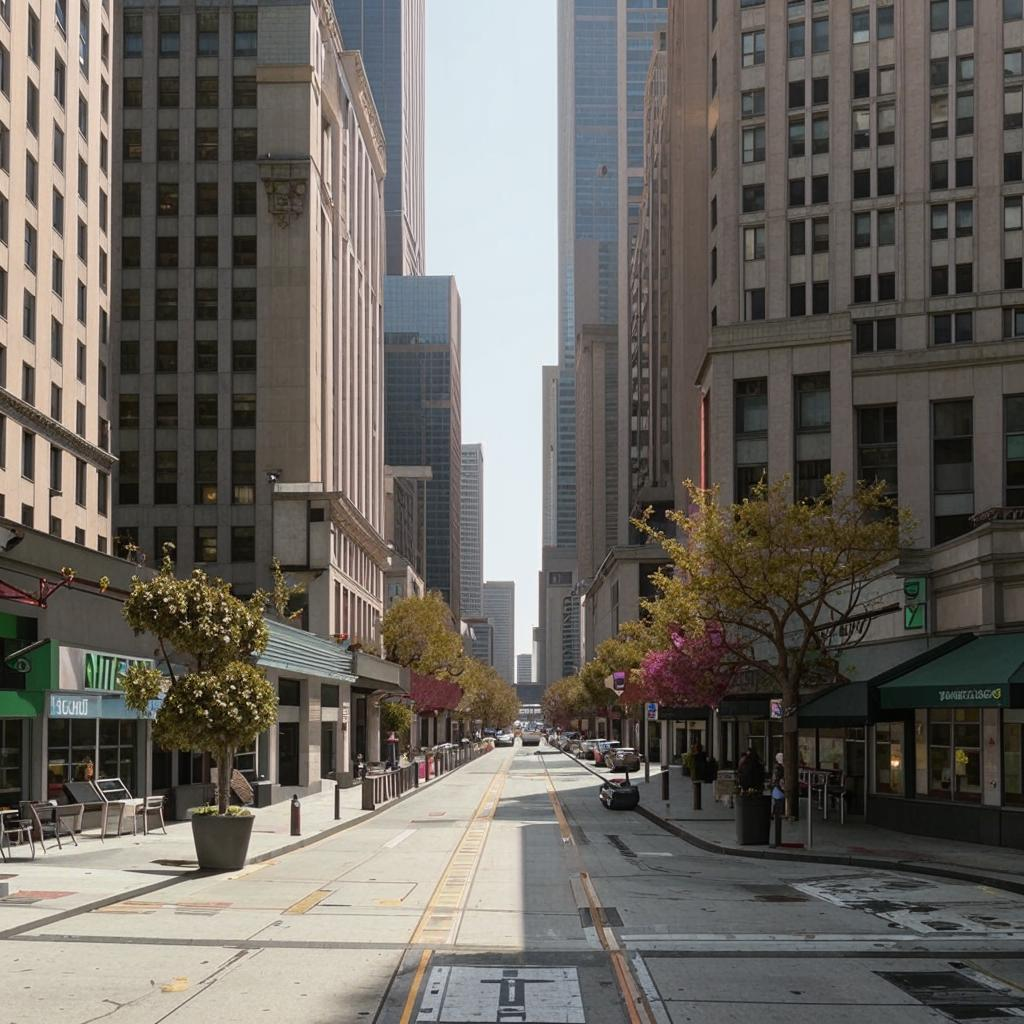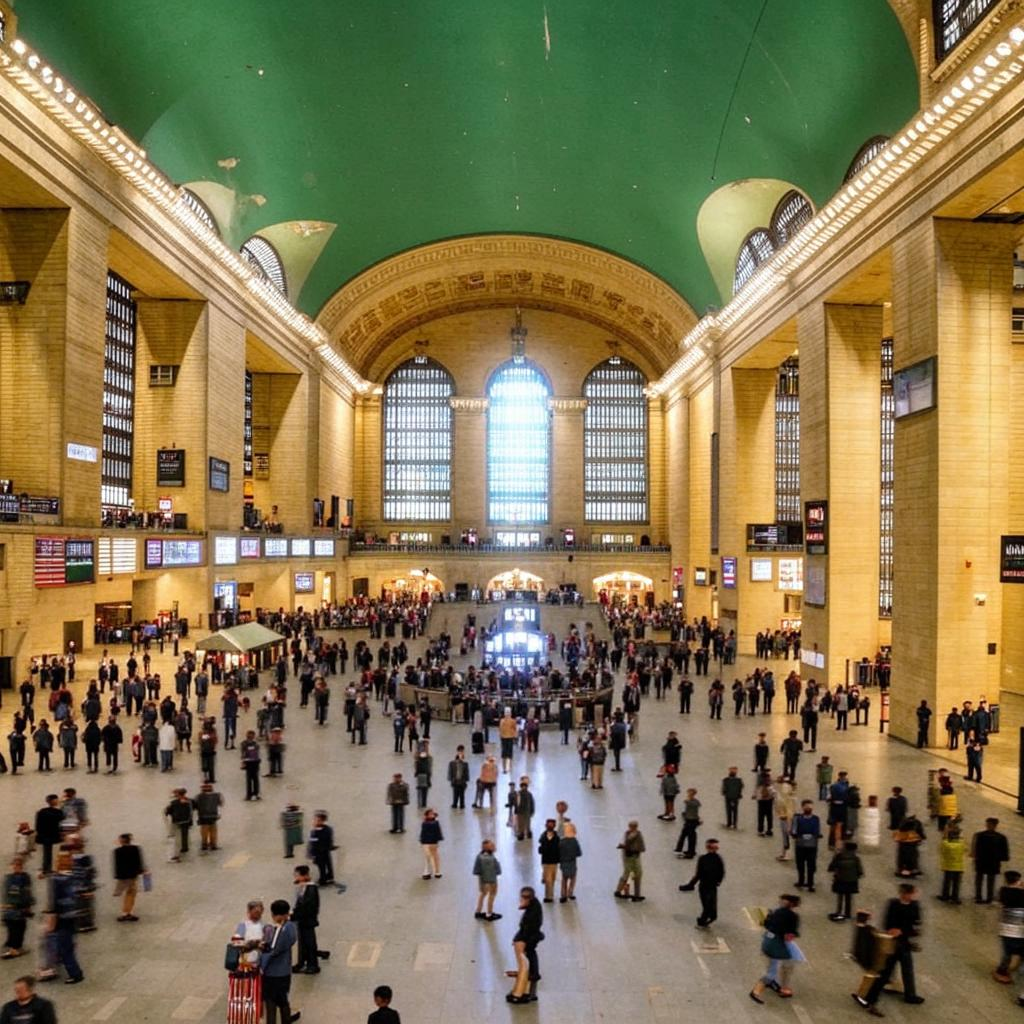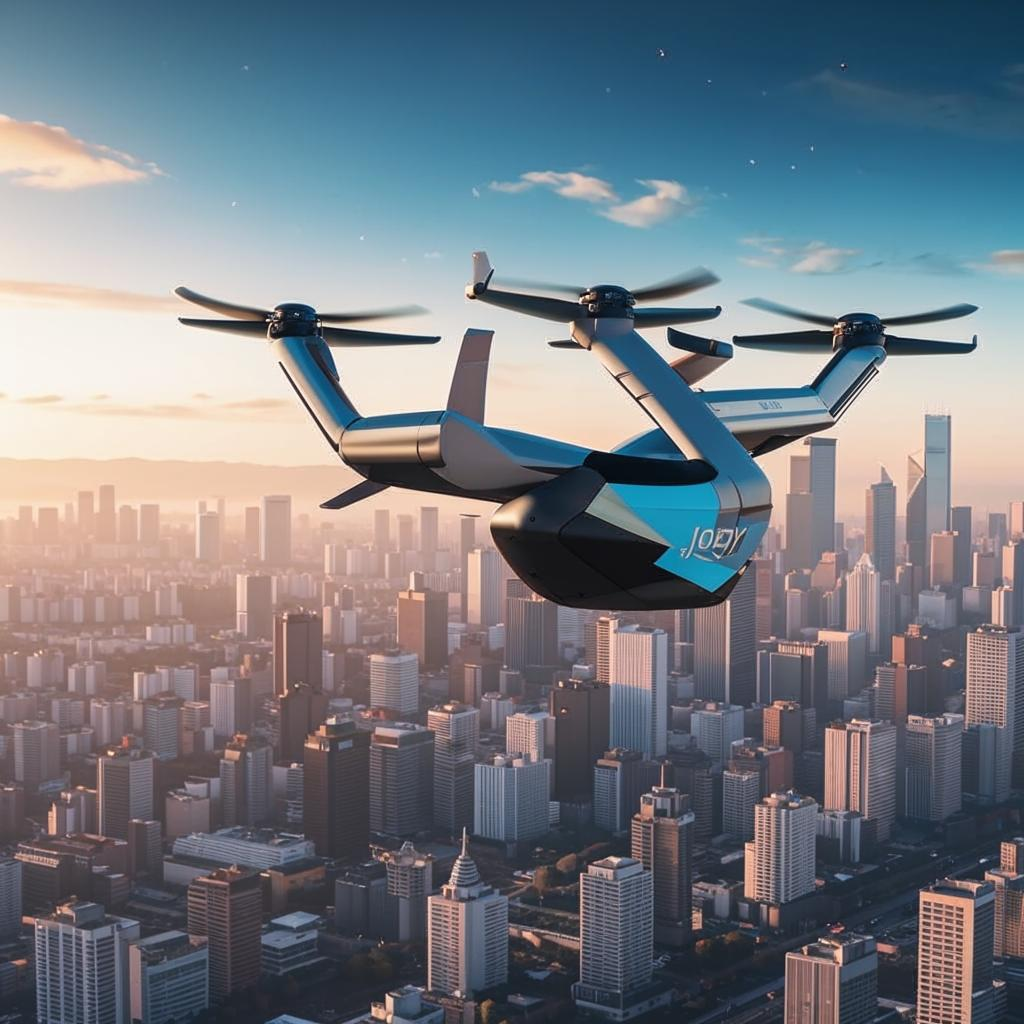The shift to remote work, accelerated by the pandemic, continues to reshape urban landscapes, leaving city centers grappling with significant challenges. Once-bustling downtown areas are now seeing record-high office vacancy rates, impacting local economies and city budgets. San Francisco, a major tech hub, exemplifies this trend, with its Financial District facing a persistent struggle to fill empty office spaces.
This exodus has ripple effects. Reduced foot traffic hurts local businesses like restaurants, cafes, and retail shops that depend on office workers. Property tax revenues, a critical funding source for city services, are also declining, forcing municipalities to make tough decisions about budget cuts or find new revenue streams.
Cities are exploring various strategies to revitalize their downtowns. Some are incentivizing companies to bring employees back to the office, while others are focusing on converting vacant office buildings into residential units or mixed-use developments. The goal is to create more vibrant, 24/7 communities that are less reliant on the traditional 9-to-5 workday. The move to residential accomodation will require rezoning, infrastructure changes, and incentives for developers.
The long-term impact of remote work on cities remains uncertain. However, it’s clear that urban centers must adapt to this new reality by embracing innovative solutions and reimagining the future of work and urban living. The transformation requires collaborative efforts from businesses, government, and community stakeholders to create sustainable and thriving urban environments for the 21st century. Further investments into transportation and infrastructure will be required.












